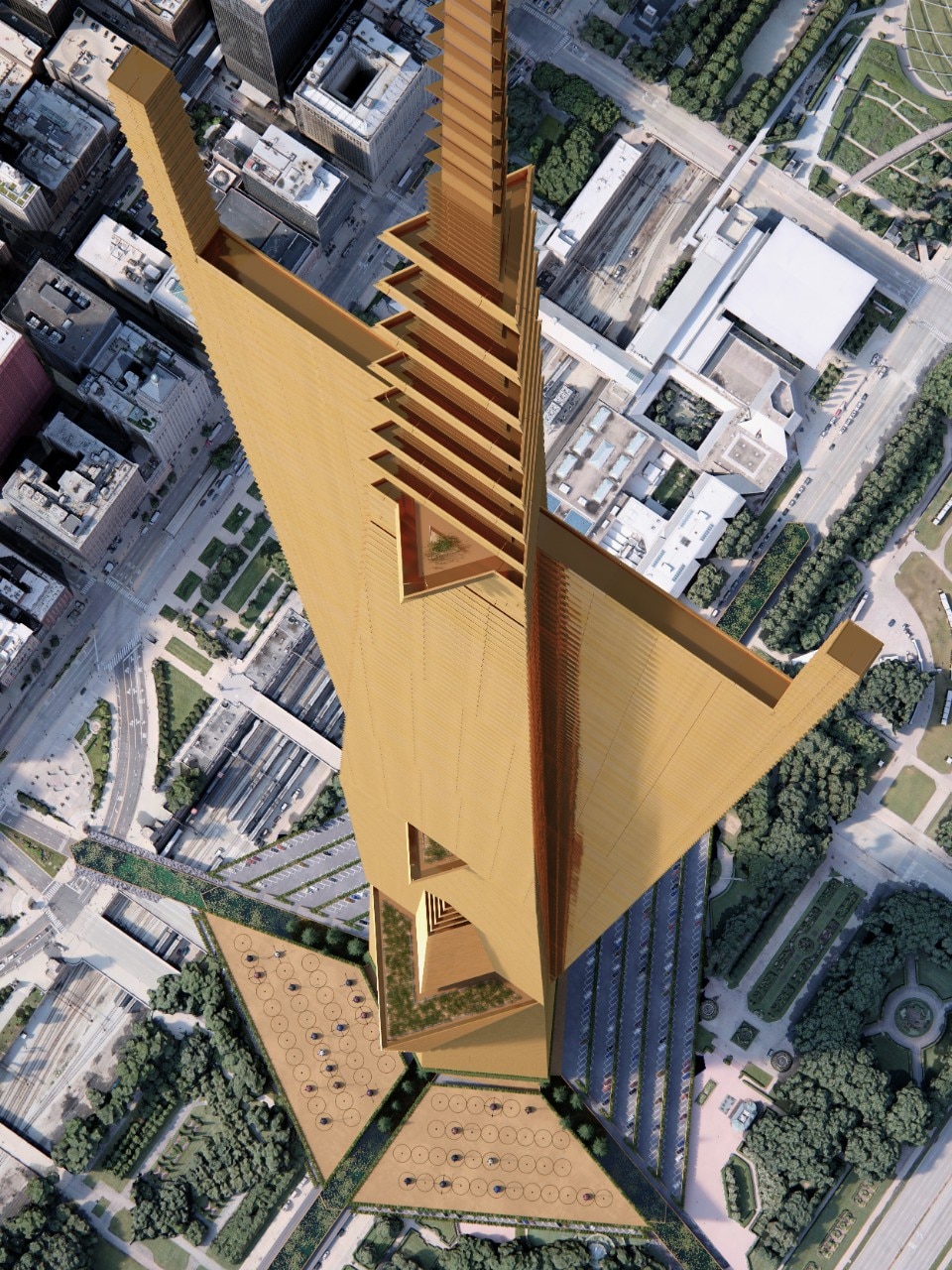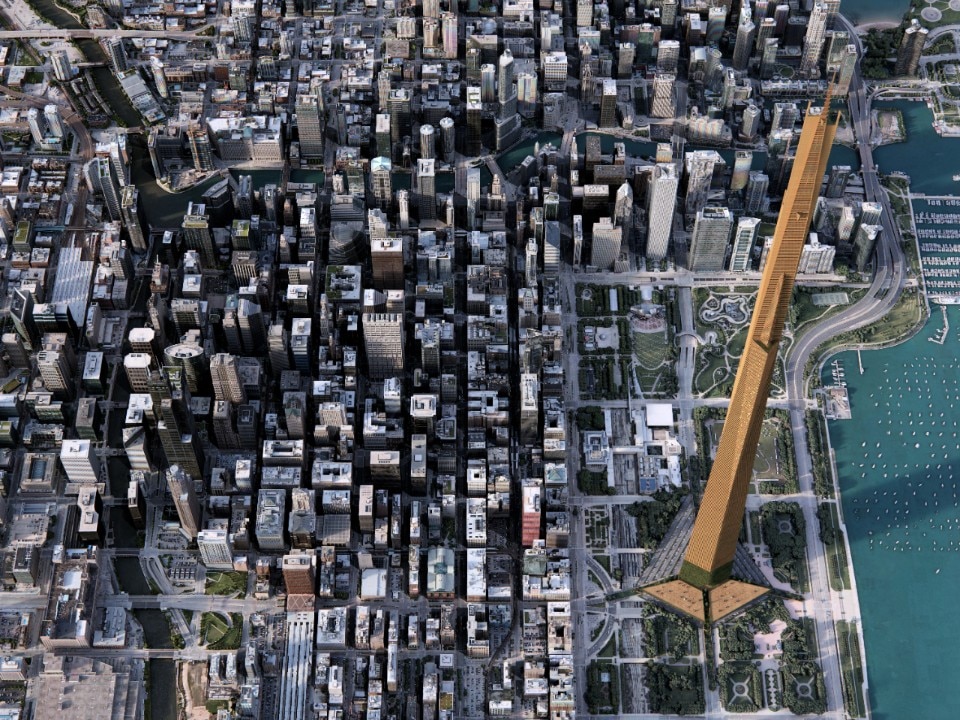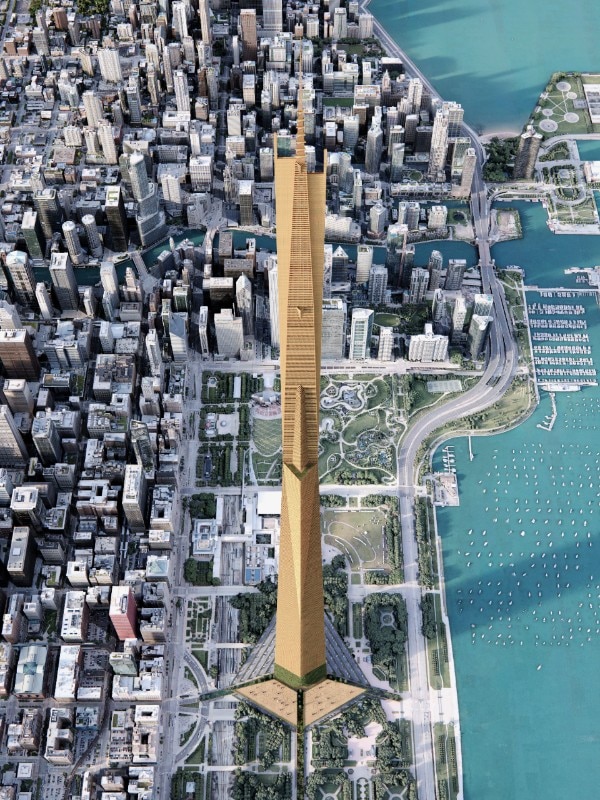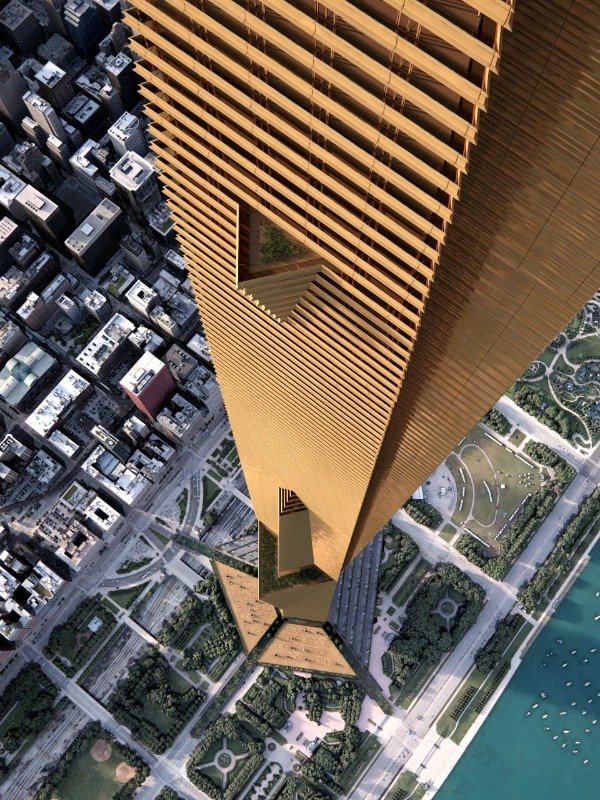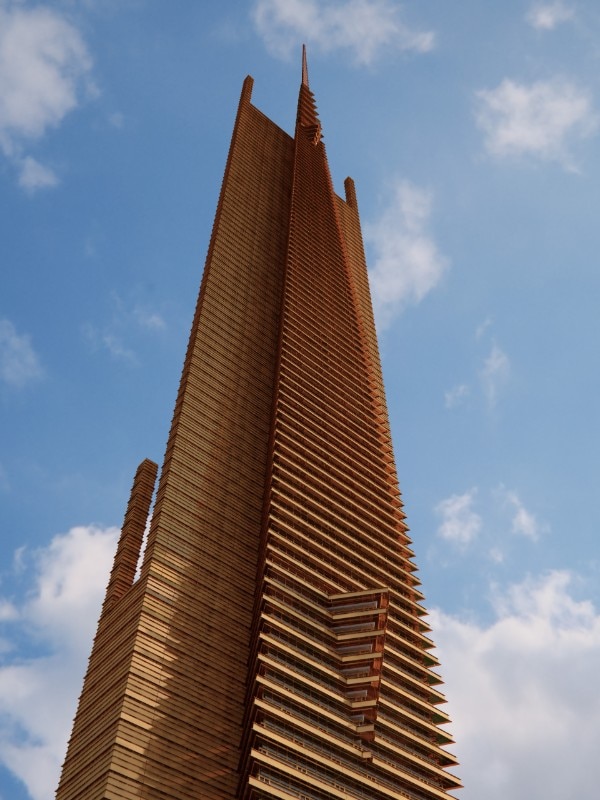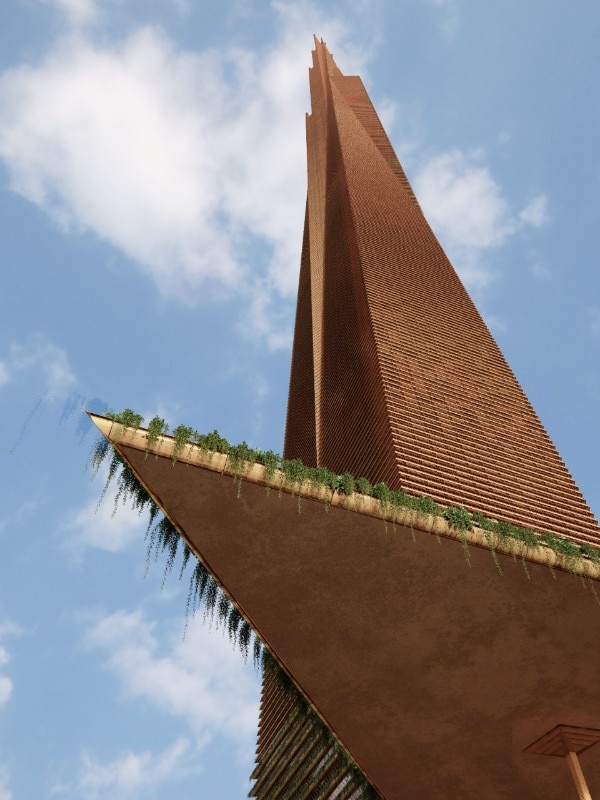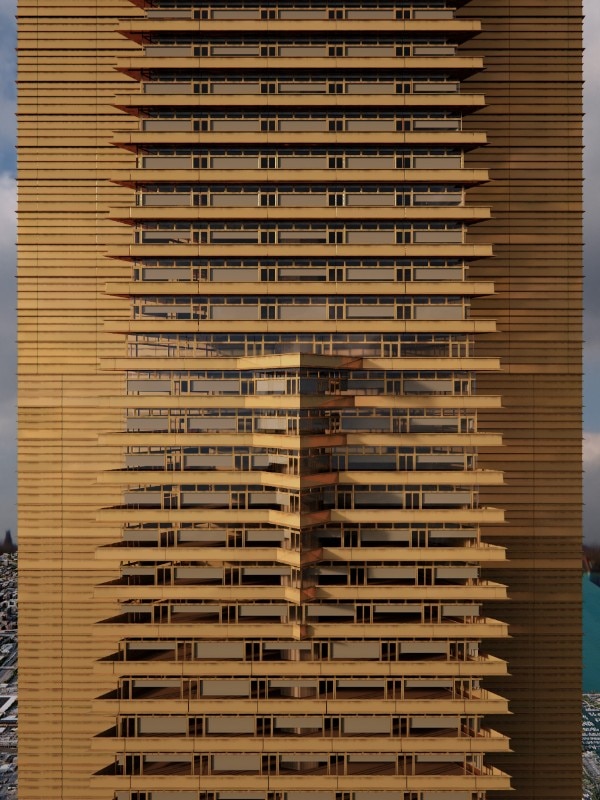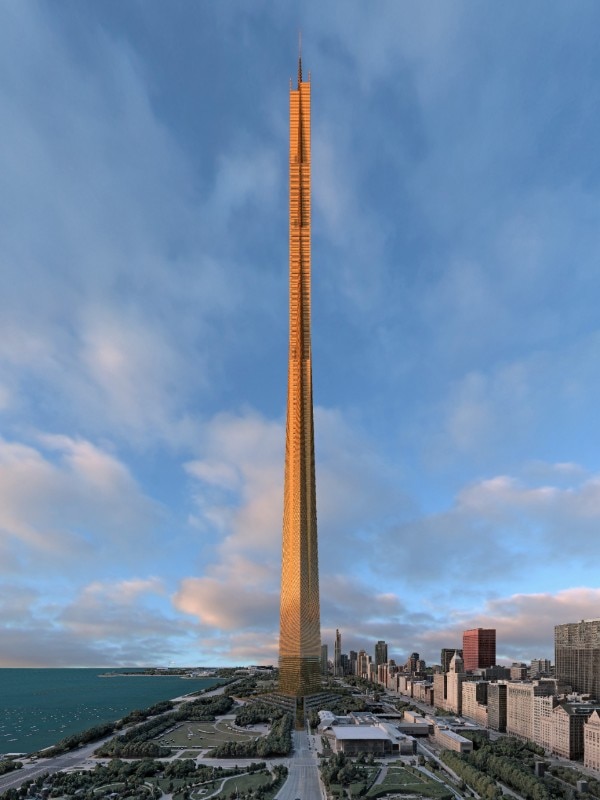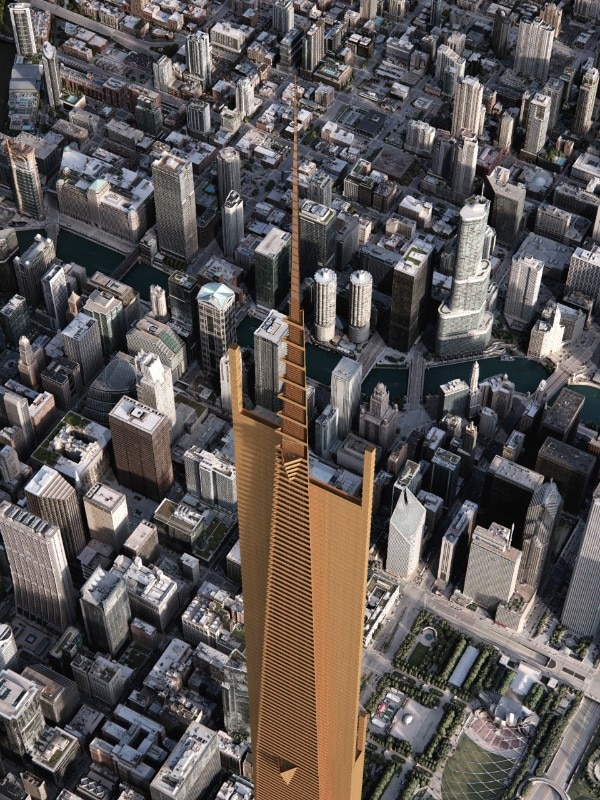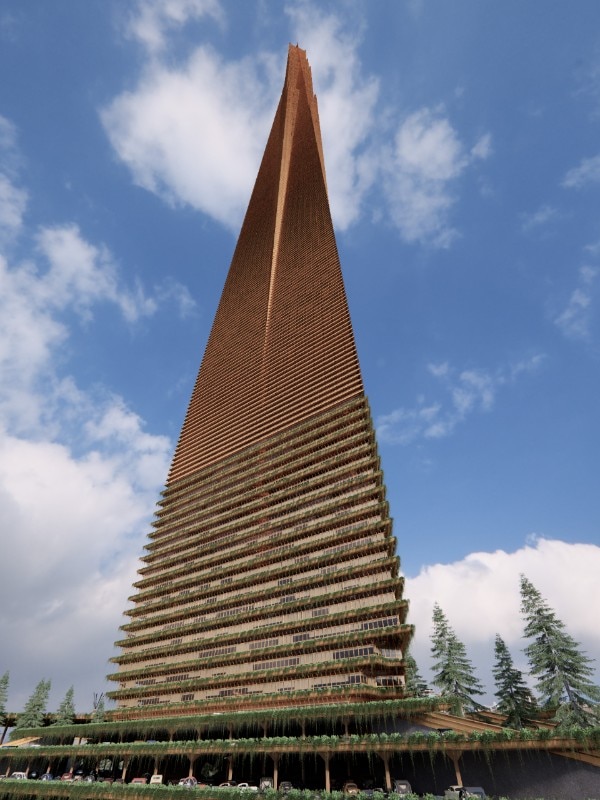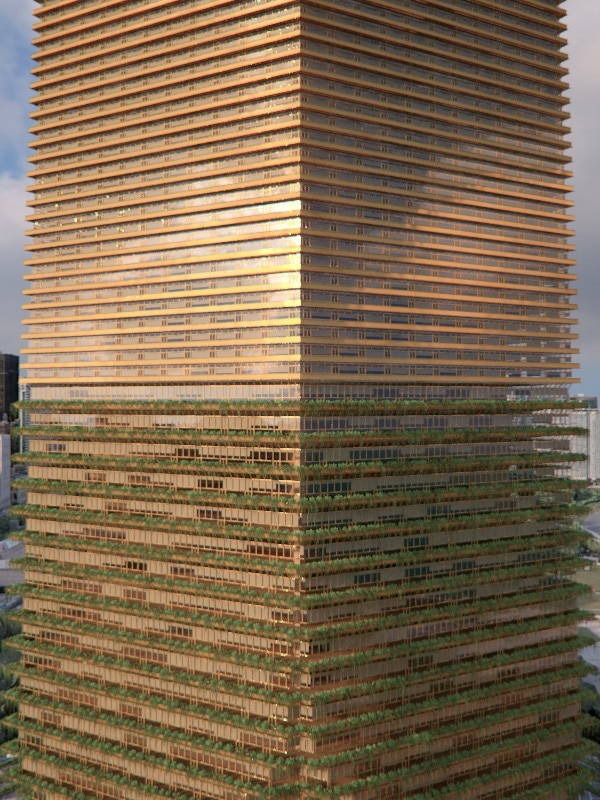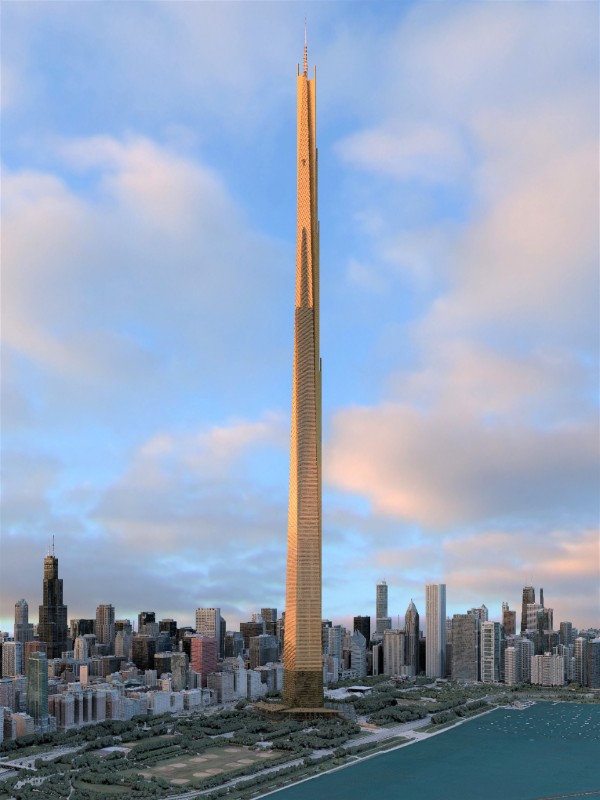“A city in the sky”: this is how Frank Lloyd Wright, the undisputed master of organic architecture and one of the founders of the Modern Movement, described his most daring project almost seventy years ago — a tower approximately 2.4 kilometres high, to be built in the heart of Chicago. In a city where the history of modern architecture began with the world's first true skyscraper, the Home Insurance Building, Wright wanted to build a project so extraordinary that it still seems utopian today.
The only remaining evidence of this unbuilt tower were Wright's original drawings. However, thanks to Spanish architect and researcher David Romero, who has spent recent years working on the 3D reconstruction of many of Wright's projects — from ideas only, such as the National Life Insurance Building, to structures that no longer exist, such as the Pauson House, which was destroyed by fire shortly after completion — we can now visualise the skyscraper that never came to be.
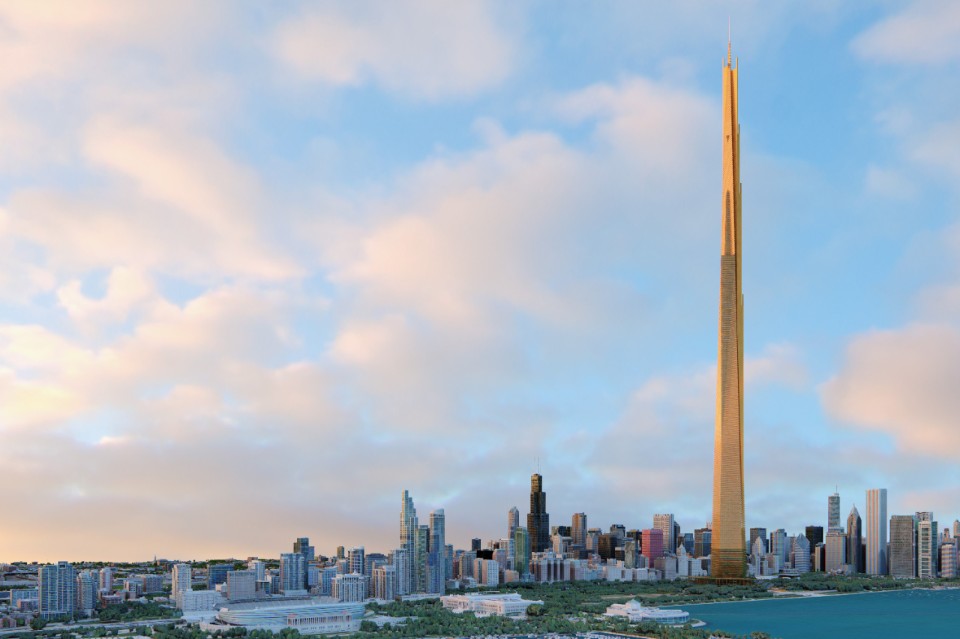
During the presentation conference at the Sherman House Hotel in Chicago in 1956, Wright declared that if his project had been realised, 'the Empire State Building would have been a mouse in comparison'. He could not have known that his design would also take first place, surpassing both the Burj Khalifa in Dubai, currently the world's tallest building at "only" 830 metres, and the Jeddah Tower under construction in Saudi Arabia, which is expected to reach one kilometre in height by 2028.
The structural system is inspired by nature — a particularly pertinent detail given that he is the preeminent designer of organic architecture. Starting from a depth of fifteen storeys below ground, a central core branches out like the roots of a tree, achieving an effect similar to that of an inverted Eiffel Tower. According to Wright, this design would have made the skyscraper more stable, enabling it to withstand wind-induced oscillations.
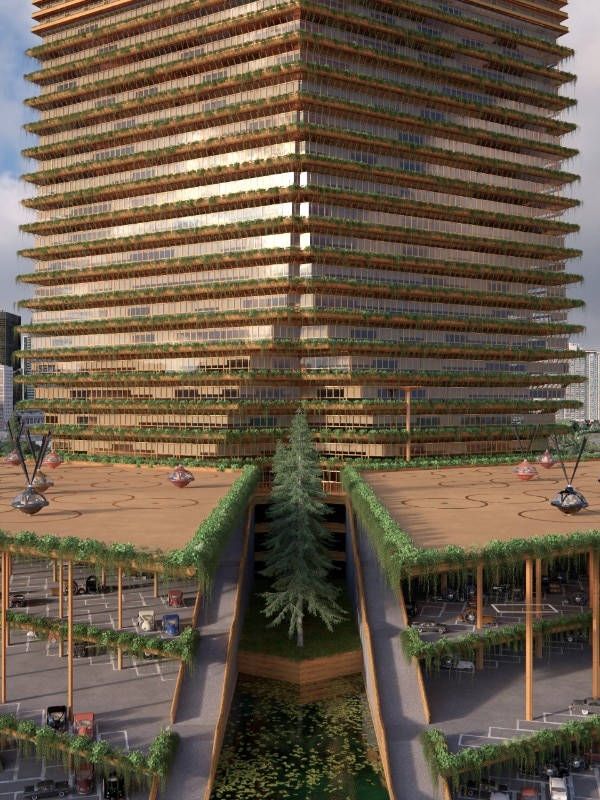
"The combination of metal and glass used for the shell gives the tower a futuristic look that sets it apart from the more organic, traditional style found in most of his other works," David Romero explains to Domus, recounting how "modelling it also meant I had to imagine construction solutions for elements that Wright only hinted at, making the experience both a technical and interpretive challenge."
However, it is certainly not just the height that makes Wright's design visionary. It has fifty-two floors capable of accommodating over 100,000 people, parking spaces for over 100 aircraft and 15,000 cars, and atomic-powered elevators capable of travelling at a speed of 1.6 kilometres per minute — about three times faster than the fastest elevators in existence today.
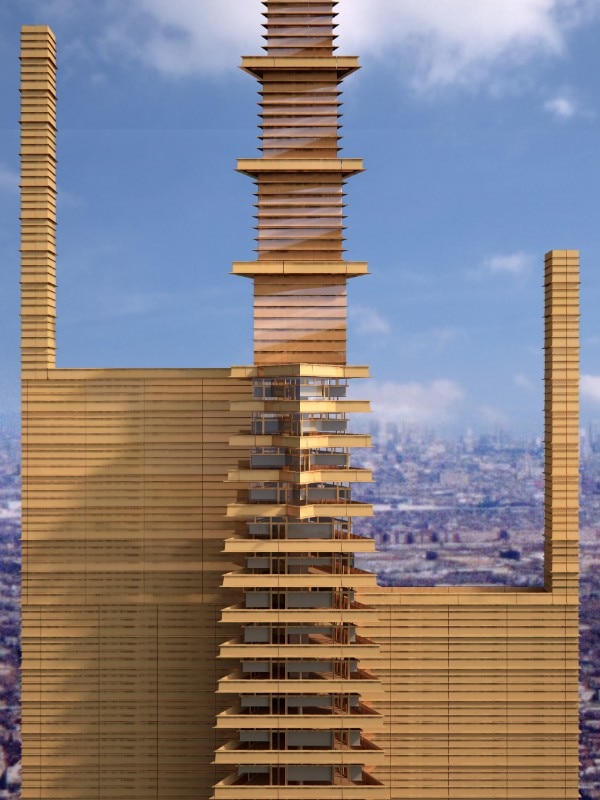
Although The Illinois was never built, it continues to serve as a powerful symbol of visionary architecture. Wright’s concept challenged conventional ideas about scale, structure, and urban density long before the technology or economics could support such an ambitious project.
David Romero
David Romero told Domus that "what makes The Illinois so significant is not just its height—a full mile—but the way Wright envisioned it functioning as a vertical city, complete with self-contained offices, transportation systems, and communal spaces". This concept, reminiscent of Le Corbusier's Unité d'Habitation, which was completed in Marseille in 1952, took the idea of a self-sufficient building to a new level. While the Swiss-French architect envisioned a collective and autonomous residential building resembling a densified neighbourhood, Wright raised the bar by conceiving an entire metropolis condensed vertically.
Although the tower was never built, the idea of a vertical city with mixed spaces and integrated transport systems anticipated aspects that are now fundamental to modern supertalls. But can such a building really be constructed? “The Illinois is a powerful symbol of visionary architecture. Wright’s concept challenged conventional ideas about scale, structure, and urban density long before the technology or economics could support such an ambitious project," says Romero, who concludes: "It's less a question of technical feasibility and more a challenge to imagine new possibilities for how we live and build in dense cities."


